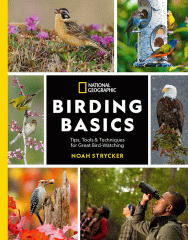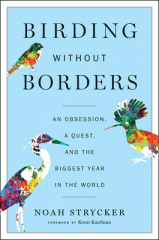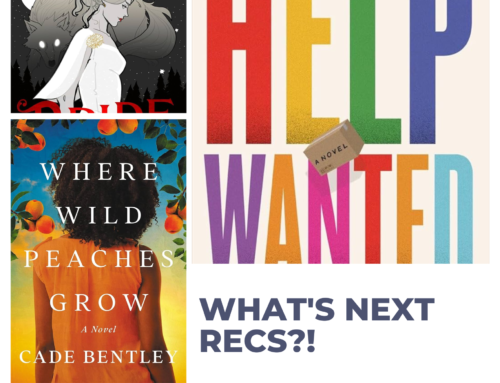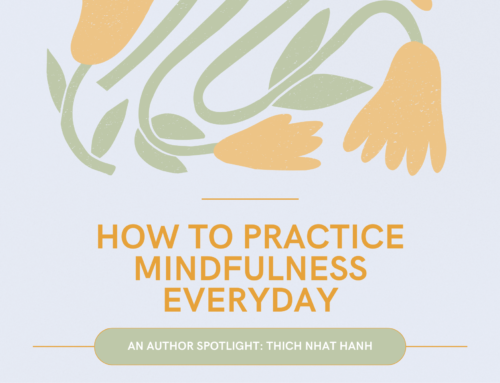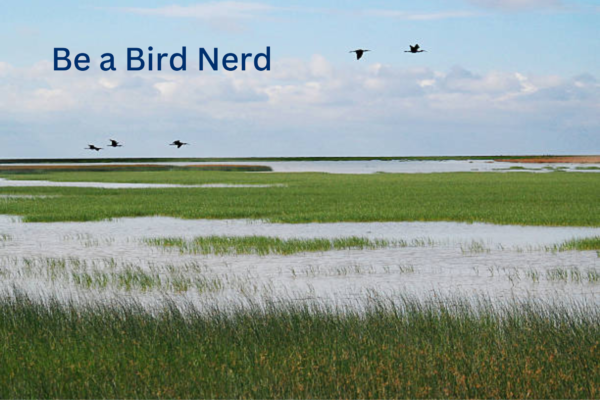
On an early spring afternoon in New Jersey, we found ourselves immersed in the beauty of the Absecon Wildlife Management Area, an open salt marsh habitat that attracts waterfowl, wading birds, shorebirds, and raptors. We had traveled to the area to meet some friends from New England for a weekend getaway. We climbed down from the observation deck to witness a van with doors agape rolling into the parking lot as the passengers –twenty-somethings armed with spectacles, binoculars, and notebooks in hand– spilled into the parking lot and scaled the tower
while hooting and hollering, “WORLD SERIES OF BIRDING! WOO HOO!” They wasted no time adding new birds to their notes, but they didn’t stay long enough to entertain questions from the casual birdwatchers in our group, who had no idea that the World Series of Birding even existed. As we stood wondering what it was all about, they zoomed off on their quest to accomplish the mission of the game, to identify by sight or sound as many species of birds as possible within a twenty-four-hour period. See What on Earth is the World Series of Birding? – The Shoofly Magazine for a detailed first-person narrative of the event.
It initially struck me as funny to see a group of young people so enthusiastic about birdwatching. After thinking about it, though, the combination of natural beauty, intellectual curiosity, and the exhilaration of the hunt, and the camaraderie of the journey makes perfect sense. The motivation was clear, these people were pursuing their passion and were eager to share it with their friends, like-minded people willing to take on the challenge.
Who hasn’t walked outside on a sunny morning to the sweet sound of bird songs or watched from the window at a bird splashing around a puddle on a rainy afternoon? Birding For Beginners (U.S. National Park Service) describes birding as a low-cost, universal, and social hobby.
Do you need more convincing to adopt this universal hobby? Consider the reported health benefits of stress relief and an improvement in general well-being. If you are ready to step it up to the next level, look over the following resources (including free birdwatching apps and a free online course), and you may find yourself on the way to becoming a Bird Nerd!
For Further Reading
The Guide to Birding in North America published by Teaching Company
In these 24 highly enjoyable lectures, National Geographic takes you into the multifaceted world of birding, focusing on the astonishing range of bird species in North America. With its wide spectrum of wildlife habitats, North America is an endless region of interest for birders from around the world. Within the course, you’ll make an in-depth study of bird identification, covering bird size, shape, and color, flight patterns, geographic range, habitats, and much more. You’ll also explore core elements of birding such as: the functions and dazzling variety of bird plumage; the remarkable phenomenon of birdsong; understanding avian migration; the marvel of bird behavior; exciting tactics for locating, observing and approaching birds in the field.
“Many birders travel far and wide to popular birding destinations to catch sight of rare or ‘exotic’ birds. In Slow Birding, evolutionary biologist Joan E. Strassmann introduces readers to the joys of birding right where they are. In this inspiring guide to the art of slow birding, Strassmann tells colorful stories of the most common birds to be found in the United States–birds we often see but might not have considered deeply before”– Provided by publisher.
Bird Basics: Tips, Tools, and Techniques for Great Bird-Watching by Noah K Strycker
“Targeted to beginners and beyond, National Geographic’s fun, inspiring guide to the art, craft, and science of bird-watching combines practical know-how and expert knowledge. Browsable and bursting with helpful illustrations and photographs, Birding Basics offers new ideas for when, where, and how to get to know the birds in your world. Not a field guide but a primer in best practices, authored by birding expert Noah Strycker, this breezy book features easy-to-follow advice on what to look and listen for, how to use field guides and birding apps, the best equipment to start with, and ways to engage with other birders around the world. Filled with fun facts and seasoned advice, this useful book will help you attract birds to your backyard, master bird identification, name a bird by its song, and witness the magic of migration. Sidebars feature fun facts, identification tips, and easy projects for exploring the world on the wing. For everyone who loves watching the birds, whether out the window or on the trail, this colorful, easy-to-use guide to better birding has everything you need”– Provided by publisher.
Birding Without Borders: An Obsession, a Quest, and The Biggest Year in the World by Noah K Strycker
In 2015, Noah Strycker, a young American birder, became the first person to see more than half of the 10,000 bird species on planet Earth in one year. Traveling to forty-one countries on seven continents with just a small backpack, a pair of binoculars, and a series of one-way tickets, Noah not only set a new world record, he also captured the hearts and imaginations of people all over the world. — Provided by publisher.
Backyard Birding for Kids: An Introduction to Ornithology: Field Guide, Projects, and More by Erika Zambello
“Become a young ornithologist. Learn all about the scientific study of birds. Author, birder, and outdoors researcher Erika Zambello presents a kids’ introduction to bird-watching. With fascinating information for beginners, the book provides readers with an understanding of bird anatomy, life cycles, habitat, and 60 species of backyard birds!” — Back cover.
Additional resources:
Getting Started
Benefits of Birdwatching
- Birdwatching Has Big Mental-Health Benefits. Here’s How to Start
- Birding With Benefits: How Nature Improves Our Mental Mindsets | Audubon
- Teaching your mind to fly: The psychological benefits of birdwatching | Princeton University Press
When to Bird-Watch
- When Is The Best Season & Time For Bird-Watching? – Optics Mag
- Competitive Birding | U.S. Fish & Wildlife Service



